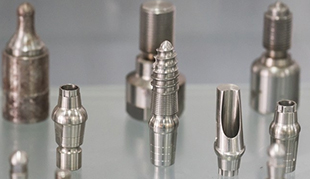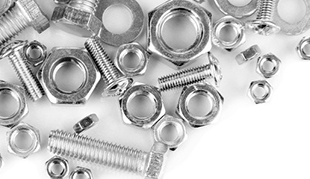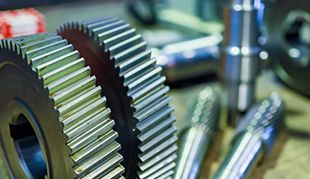MIM Powder Options: A Comprehensive Overview
Metal Injection Molding (MIM) is an innovative manufacturing process that has revolutionized the production of small, intricate metal components. Central to the success of MIM is the selection of appropriate powders that undergo transformation during the process to create high-quality products. In this article, we will explore the various MIM powder options, shedding light on their characteristics and applications.
The Diversity of MIM Powders
MIM technology has successfully embraced an extensive range of alloys, surpassing a remarkable count of 1000 different compositions. Among these, a few alloys have emerged as dominant players in the field. These include:
17-4 PH Stainless Steel (AISI 630): Known for its excellent combination of strength and corrosion resistance, 17-4 PH stainless steel is a top choice in MIM applications. Its versatility makes it suitable for a wide array of industries, from aerospace to medical devices.
316L Stainless Steel: Renowned for its superior corrosion resistance and biocompatibility, 316L stainless steel finds extensive use in medical and dental applications.
Cobalt-Chromium Alloys: These alloys exhibit remarkable hardness, wear resistance, and high-temperature strength, making them ideal for demanding applications like aerospace turbines and medical implants.
Copper and Titanium Compositions: Copper and titanium-based powders are sought after for their exceptional electrical conductivity and lightweight properties, respectively.

The Anatomy of MIM Powders
MIM powders are characterized by their small, often spherical, and deagglomerated structure. The median particle size typically ranges from 10 to 20 µm, although smaller powders are available for forming intricate microscopic features.
High magnification scanning electron micrograph of a typical stainless steel powder used in MIM; note the marker showing 10 µm, indicating most of the particles are smaller than this size.
Types of Alloys in MIM
When it comes to the types of alloys used in MIM, three distinct options are prevalent:
Mixed Elemental Powder: In this approach, the chemical ingredients of the desired alloy are mixed as powders. During the sintering process, atomic diffusion plays a crucial role in homogenizing the ingredients to form the desired bulk composition.
Pre-Alloyed Powder: This method involves forming a molten alloy, which is then atomized into individual particles. Each particle possesses the same alloy composition, ensuring consistent and predictable results during the MIM process. Pre-alloyed powders have gained popularity due to their reliability and consistent quality.
Master Alloy: The hybrid approach combines high-alloy powders with elemental powders. For instance, iron may be mixed with atomized nickel-chromium-iron particles. Though slightly more expensive, the master alloy route allows for the customization of compositions to meet specific requirements.
The Prevalence of Pre-Alloyed Powders
Among the three options, pre-alloyed powders stand out as the most typical choice for MIM applications. Their popularity can be attributed to the predictability and consistency they offer, reducing the likelihood of undesirable variations in the final product.
In conclusion, the selection of appropriate MIM powders plays a pivotal role in the success of this revolutionary manufacturing process. With a diverse array of alloys to choose from and various powder types available, MIM continues to expand its applications across industries, catering to the ever-evolving demands for precision components.
For further inquiries about MIM powders or to explore the wide range of possibilities they offer, feel free to get in touch with our experts. Together, let's unlock the potential of MIM technology for your unique needs.






